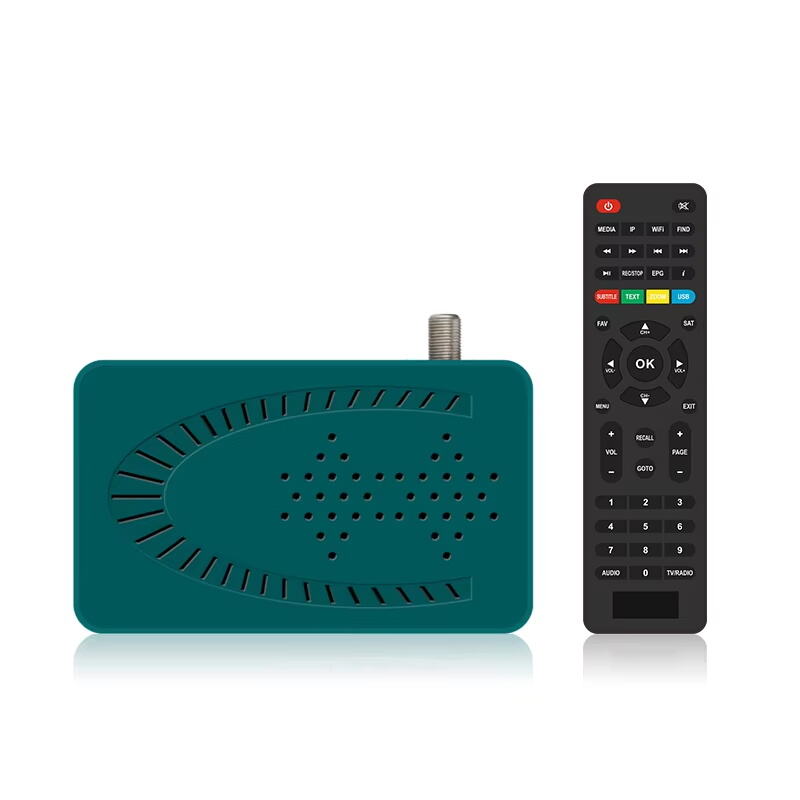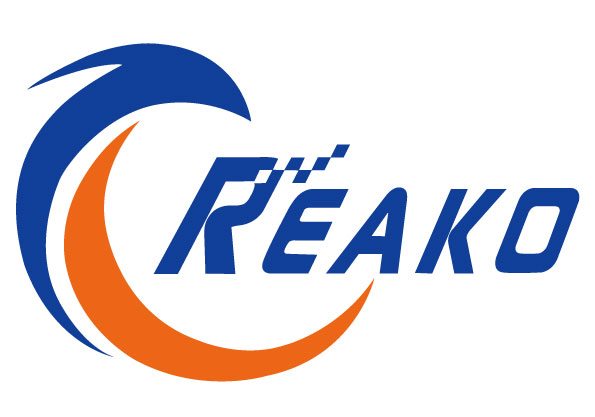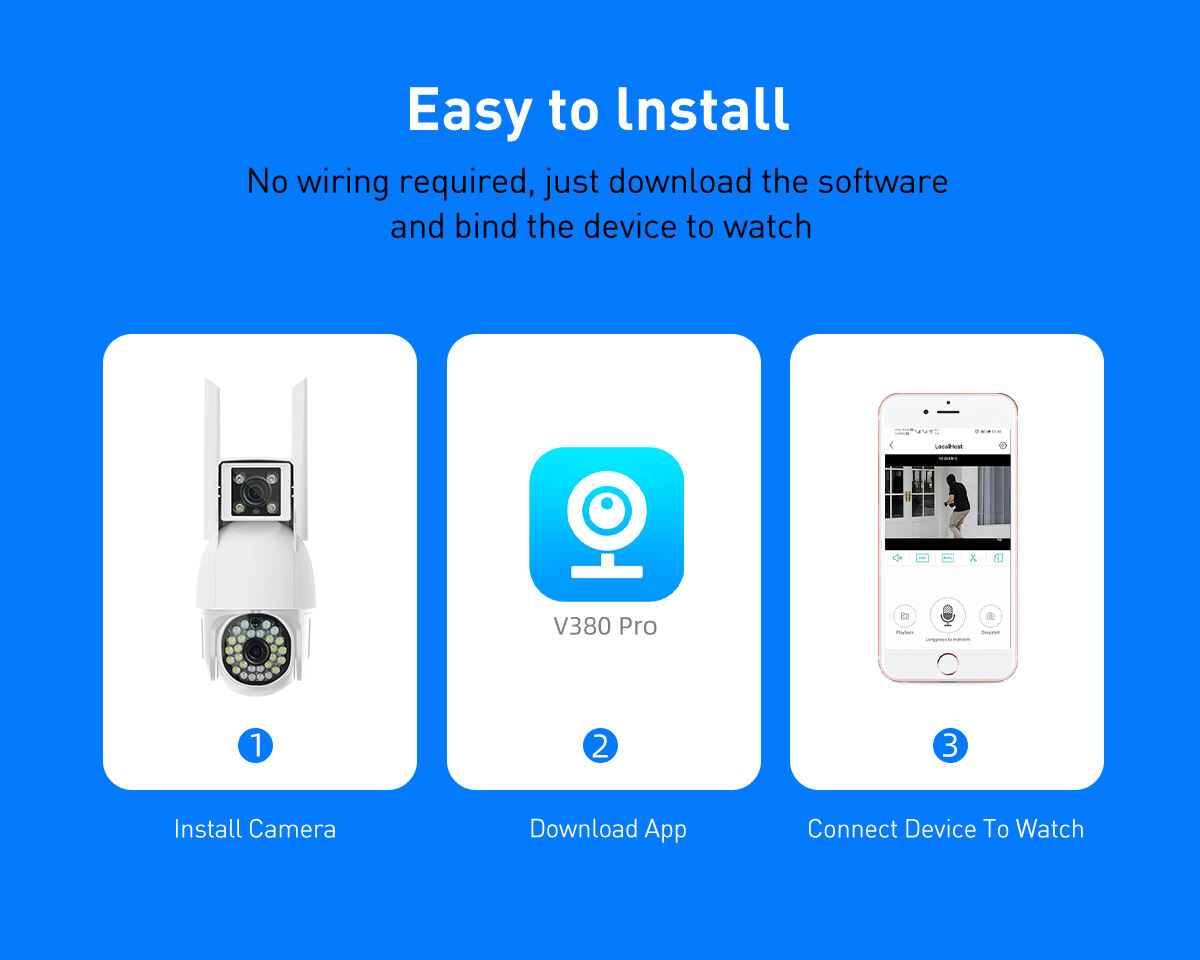Understanding the Evolution of Digital TV Reception Technology
The television landscape has undergone a remarkable transformation in recent years, with digital broadcasting technologies revolutionizing how we consume media content. At the forefront of this evolution stands the DVB-S2 combo receiver, a sophisticated device that has fundamentally changed how viewers access and enjoy their favorite TV programs. This advanced technology combines multiple reception capabilities into a single, user-friendly unit, making it an invaluable addition to modern home entertainment systems.
As broadcasting standards continue to evolve, the need for versatile reception equipment has become increasingly important. The DVB-S2 combo receiver addresses this need by integrating various reception formats, enabling viewers to access both satellite and terrestrial broadcasts through a single device. This consolidation of technology not only simplifies the viewing experience but also provides a cost-effective solution for households seeking comprehensive TV coverage.
Technical Capabilities and Features of Modern DVB-S2 Combo Receivers
Advanced Signal Processing and Reception
Modern DVB-S2 combo receivers incorporate state-of-the-art signal processing technology that ensures superior reception quality. These devices utilize advanced demodulation techniques to handle both satellite and terrestrial signals efficiently, delivering crystal-clear picture quality and stable reception even in challenging weather conditions. The integrated tuners are designed to process multiple signal types simultaneously, allowing for seamless switching between different broadcast sources.
The technology behind these receivers includes sophisticated error correction algorithms and adaptive coding mechanisms that optimize signal reception. This ensures that viewers enjoy uninterrupted entertainment regardless of external factors that might otherwise affect signal quality. The ability to handle multiple modulation schemes makes these receivers particularly versatile in various broadcasting environments.
Enhanced Recording and Playback Functions
One of the standout features of contemporary DVB-S2 combo receivers is their comprehensive recording capabilities. These devices typically include built-in storage options or support external storage devices through USB ports, enabling users to record their favorite programs for later viewing. The recording functionality often includes advanced features such as time-shifting, which allows viewers to pause and rewind live TV broadcasts.
The recording system in these receivers often supports simultaneous recording of multiple channels, providing flexibility in content management. Users can schedule recordings in advance, set up series recordings, and even edit recorded content directly through the receiver's interface. This level of control over content consumption has transformed how viewers interact with their television programming.

Installation and Setup Optimization
Streamlined Connection Process
Setting up a DVB-S2 combo receiver has been significantly simplified compared to traditional reception methods. The integration of multiple tuners into a single unit reduces the number of cables and connections required, making installation more straightforward and less cluttered. Most modern receivers feature clearly labeled ports and come with comprehensive setup guides that walk users through the installation process step by step.
The automatic channel scanning feature is particularly noteworthy, as it simplifies the process of finding and organizing available channels. Users can typically complete the initial setup within minutes, and the receiver's software handles complex technical aspects such as signal alignment and frequency coordination automatically.
Signal Optimization Tools
Modern DVB-S2 combo receivers include built-in signal optimization tools that help users achieve the best possible reception quality. These tools provide real-time feedback on signal strength and quality, enabling precise antenna alignment and tuning. The receiver's interface typically displays detailed signal information, making it easier for users or installers to maximize reception performance.
Advanced models often feature automatic signal quality monitoring systems that can alert users to potential reception issues before they become noticeable in picture quality. This proactive approach to signal management ensures consistent viewing quality and reduces the need for manual adjustments.
Content Access and Management Features
Electronic Program Guide Integration
The comprehensive Electronic Program Guide (EPG) system integrated into DVB-S2 combo receivers provides detailed program information and scheduling features. Users can browse upcoming programs, set reminders, and schedule recordings directly through the EPG interface. The guide typically displays program descriptions, episode information, and genre categorization, making it easier to discover and plan viewing content.
Many receivers also support enhanced EPG features such as content recommendations based on viewing habits and favorite channel management. This intelligent program guide system helps viewers navigate the vast array of available content more effectively.
Multi-Language Support and Subtitling
Modern DVB-S2 combo receivers excel in handling multiple audio tracks and subtitle options, making them ideal for multilingual households or international content consumption. The receivers can automatically detect and display available language options for both audio and subtitles, allowing viewers to customize their viewing experience according to their preferences.
The subtitle system typically supports various formats and character sets, ensuring compatibility with content from different regions and broadcasters. This comprehensive language support enhances the accessibility of international programming and caters to diverse viewer needs.
Future-Proofing and Connectivity Options
Software Update Capabilities
DVB-S2 combo receivers are designed with future compatibility in mind, featuring robust software update systems that allow for feature enhancements and performance improvements over time. Many receivers can automatically check for and install updates, ensuring that users always have access to the latest features and security improvements.
The update system typically includes mechanisms for adding new channel databases, updating EPG information, and implementing new codec support, helping to extend the device's useful life and maintain compatibility with evolving broadcast standards.
Network Integration Features
Modern receivers often include network connectivity options that expand their functionality beyond traditional TV reception. These features may include access to streaming services, media sharing capabilities, and remote control through mobile applications. The network integration allows for additional content sources and enhanced interactivity with other smart home devices.
Some advanced models support IPTV integration, enabling access to internet-based television services alongside traditional broadcast channels. This convergence of technologies provides viewers with a comprehensive entertainment solution that bridges traditional and modern content delivery methods.
Frequently Asked Questions
What makes DVB-S2 combo receivers different from standard satellite receivers?
DVB-S2 combo receivers combine multiple reception capabilities in one unit, handling both satellite and terrestrial signals. They typically offer advanced features like HD support, recording capabilities, and network connectivity, making them more versatile than standard satellite receivers.
How does the recording function work on a DVB-S2 combo receiver?
The recording function typically works through either built-in storage or external USB devices. Users can record live TV, schedule future recordings, and even record multiple channels simultaneously, depending on the receiver model. Many units also support time-shifting, allowing viewers to pause and rewind live TV.
Can I access streaming services through my DVB-S2 combo receiver?
Many modern DVB-S2 combo receivers with network connectivity support access to streaming services. The availability of specific services depends on the receiver model and manufacturer support. Network-enabled receivers may also offer additional features like media sharing and remote control via mobile apps.


